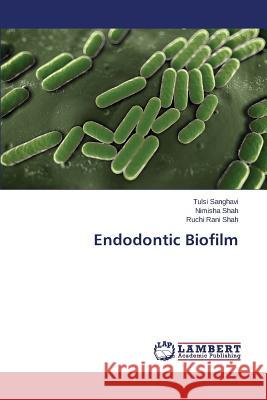Endodontic Biofilm » książka
Endodontic Biofilm
ISBN-13: 9783659691454 / Angielski / Miękka / 2015 / 84 str.
Dental biofilm is a complex, organized microbial community that is the primary etiologic factor for the most frequently occurring oral diseases such as, dental caries, periodontal diseases, and endodontic pathology. Bacteria constitute a very successful life form. In their evolution, they have developed successful strategies for survival which include attachment to the surfaces and development of protective biofilms where they behave very differently than free-floating bacteria. The radical changes in gene expression of biofilm cells provide the most significant explanation of antimicrobial resistance and heighten the understanding of the profound differences between adherent sessile organisms and their free-floating planktonic counterparts. These successful strategies make it difficult to control biofilm growth. Bacteria constitute a very successful life form. It is imperative to understand and to realize the complexity and nature of the biofilm, especially the role it plays in harboring and protecting the microorganisms, thus, contributing to persistent infections.











